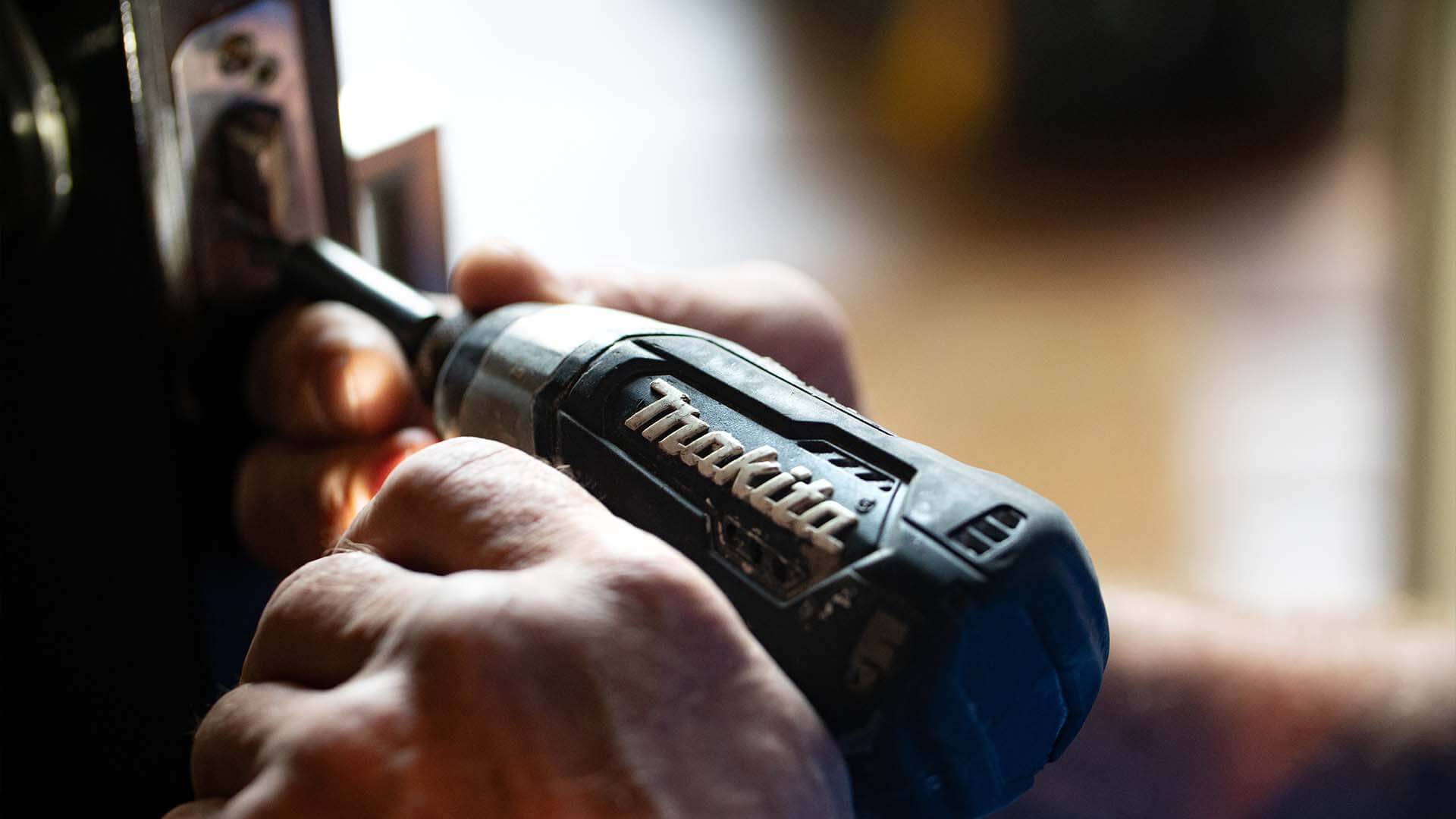Question
Today Rick W. asks, “I don’t understand what I’m supposed to do when I have a spread and I get assigned on one leg of the trade.”
Answer
This is an involved piece. First let me define two terms. Exercise is what the buyer of an option does. They use their right to buy or sell a stock at a specific price. Assignment is what happens to the seller of an option when they are forced to buy a stock or sell a stock at a certain price. If you are long an option you have rights, if you are short an option, you have an obligation.
Let’s say that you are short the 50 – 45 put credit spread and the stock (ABC) is trading at $43 – ouch. It doesn’t matter what you sold it for, this can’t be a good trade. If the 50 puts are trading for $7 (parity) you run the risk of being assigned. If the traders who are long the puts decide to exercise their right to sell the stock at $50, the Options Clearing Corporation (OCC) determines which firms will be assigned and each brokerage firm has a standardized lottery process to determine how the assignment will be allocated across the accounts. As long as the 50 puts carry some premium, this risk is minimal. The reason is simple, the owner of the puts can get more by selling them in the open market.
You come in one morning and you are long ABC stock via overnight assignment of the $50 puts. You have three choices. One choice is to sell the stock and sell the put again. Bad move. Never do this. The options are already trading under parity and now that the option is in play, you will probably get assigned again. The second choice is to exercise the 45 puts that you are long. This action allows you to sell an equal number of shares that you are long. If you were assigned on 5 puts and you are long 500 shares, you would exercise 5 of the 45 puts. Now you are “flat” the stock and if you do it the same day, you are exempt from having to put up the margin for the long stock (rule: same day substitution). This action makes sense if the stock is trading below $45. The third choice is to simply sell the stock in the open market if it is trading above $45. If it is done the same day, it also qualifies for the margin exemption.
If the risk scares you, you can always place an order to buy the spread in for $5. That is the max that it can ever be worth and you should not pay more than that no matter what the screen (bid/ask) shows. I do not advocate doing this because in essence you are giving someone a free call. They sell the spread for $5, the most it can be worth. If the stock reverses, they will participate in the rally – WITHOUT TAKING ANY RISK.
The risks and approach are much different for cash settled products like the OEX. That might be a future article. A stock that is closing right at the strike of the cheap leg of a spread on expiration Friday also creates a problem that will be covered in the future.
If you are having issues with a position this expiration, post a comment and let’s take a look.









